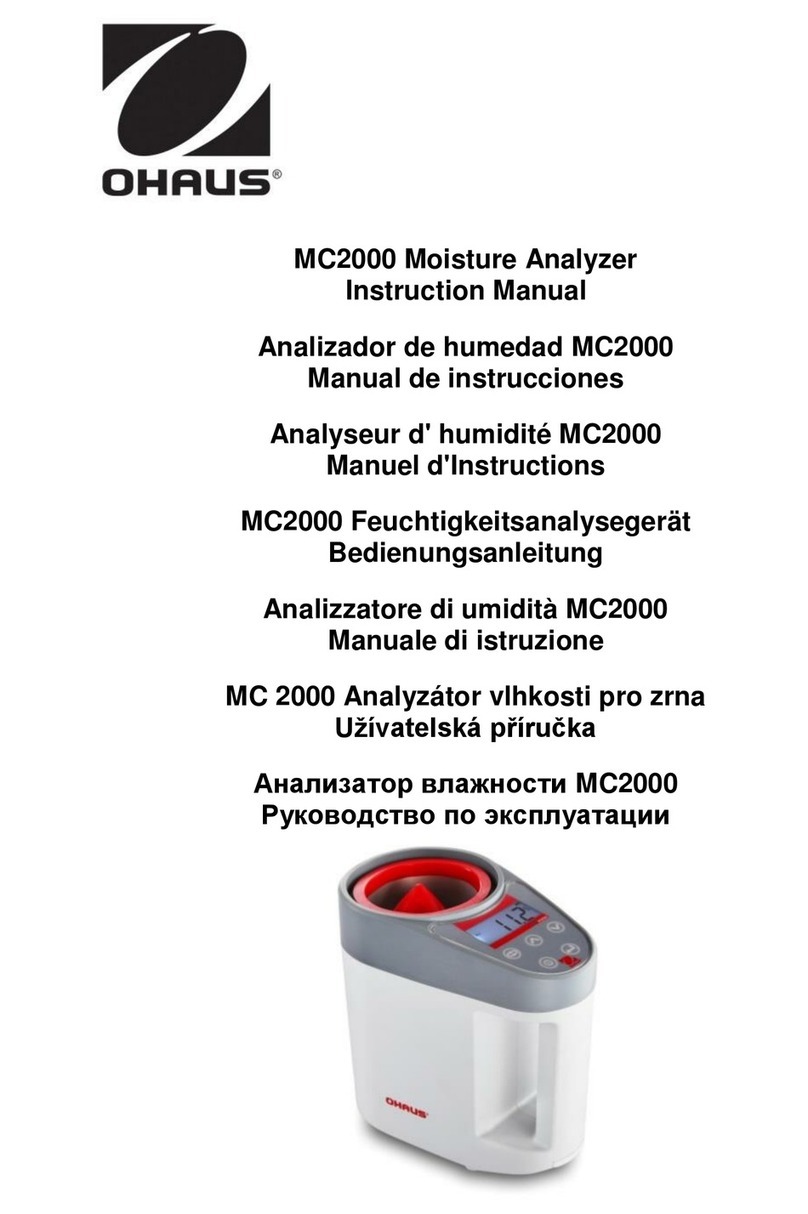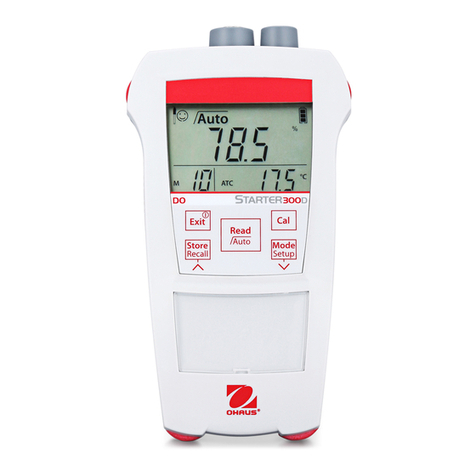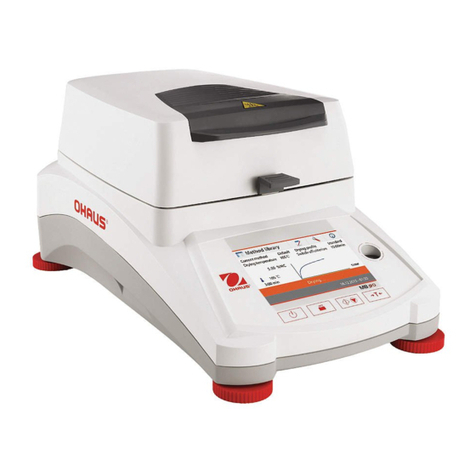
EN-1
INTRODUCTION
This discrete I/O interface Kit is for use with OHAUS TD52P and TD52XW indicators.
When installed, the system software allows the relay to be programmed in a variety of ways.
BASIC APPLICATIONS
Applications include driving external Over/Accept/Under displays, motor controls for semi-automatic
filling systems, sortingsystems, interfacingto industrial PLC systems, etc. The Relay outputs can also
be used as slave relays to drive high power relays in larger systems.
For the setup in each application, please refer to the instruction manual supplied with scale.
Set up the discrete I/O controls as described in the I/O menu section of that manual.
CAUTION: Read all safety warnings before installing, making connections, or servicing the
Discrete I/O PCB. Failure to comply with these warnings could result in personal injury
and/or property damage. Retain all instructions for future reference.
KIT CONTENTS
able
lan
ws
4
ect
i



















































